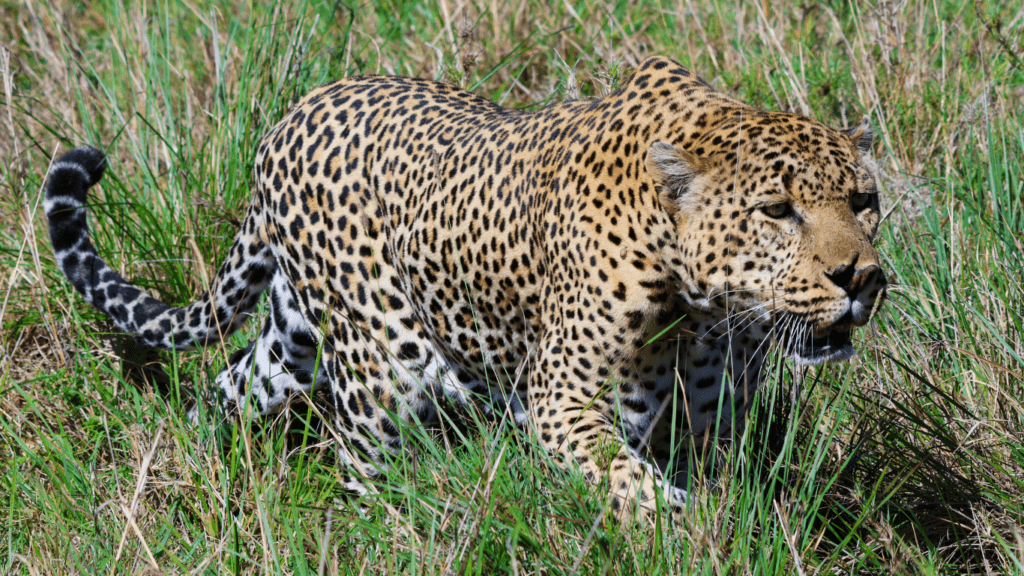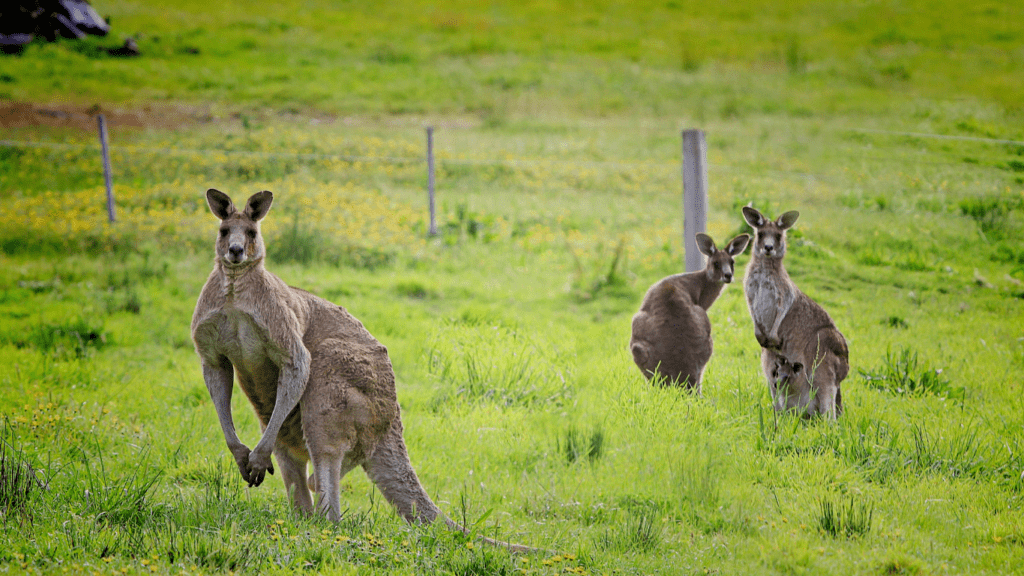The Global Impact of Wildlife Trafficking
Wildlife trafficking disrupts ecosystems and economies worldwide. Understanding the broader consequences helps heighten awareness and foster action against this illegal trade.
Ecological Consequences
Wildlife trafficking destabilizes ecosystems and endangers species. The loss of key species, such as elephants (poached for ivory) and rhinoceroses (targeted for their horns), upsets ecological balance.
Predators and prey relationships become strained, often leading to overpopulation or extinction of certain species.
For example, the poaching of pangolins, known for their role in controlling insect populations, disrupts local biodiversity and agricultural balance.
Habitat fragmentation also accelerates due to increased illegal logging and land development driven by trafficking.
Economic Effects
The economic ramifications of wildlife trafficking are significant. Countries relying on ecotourism, like Kenya and Thailand, suffer lost revenue when iconic species dwindle.
Jobs in tourism and conservation diminish alongside wildlife populations. Additionally, combating trafficking strains national resources, redirecting funds from other vital sectors.
Nations face increased costs for enforcement, border patrols, and judicial proceedings.
Illegal trade operations also contribute to:
- unregulated economy
- weakening national financial systems
- enabling further criminal activities
- terrorism funding
Recent Efforts to Combat Wildlife Trafficking

Global initiatives target wildlife trafficking more aggressively than ever. Collaborative strategies and innovative technologies demonstrate significant progress.
International Cooperation
The international community increasingly joins forces to combat wildlife trafficking.
Agreements like CITES (Convention on International Trade in Endangered Species) play a crucial role, regulating trade in endangered species and enhancing global enforcement.
Over 180 countries are now parties to CITES, binding them to strict trade regulations.
International coalitions like the United for Wildlife Taskforces involve governments, NGOs, and private sectors working together.
Through shared intelligence and resources, these collaborations aim to dismantle trafficking networks.
Technological Innovations
Technological advancements bolster efforts to fight wildlife trafficking.
- Advanced tools like DNA analysis help identify and track poached animals, making it easier to prosecute offenders.
- Drone surveillance offers real-time monitoring of protected areas, reducing poaching incidents.
- Mobile apps like Wildlife Witness enable communities to report illegal activities instantly.
- Blockchain technology is also emerging as a means to ensure transparency in wildlife trade, allowing for secure tracing of wildlife products from source to end market.
Case Studies: Successes and Failures
Efforts to combat wildlife trafficking have seen varied success across different regions. Examining case studies in Asia and Africa provides insights into what works and what doesn’t.
Asia’s Approach
In Asia, several countries have implemented rigorous measures against wildlife trafficking. For example, Thailand’s task force frequently intercepts illegal shipments using advanced surveillance.
In 2019, authorities seized over 300 kg of ivory thanks to their meticulous monitoring (source: Wildlife Justice Commission). Yet, despite these successes, challenges persist.
Corruption and inadequate law enforcement in countries like Vietnam hinder sustained progress. Smaller seizures in Indonesia illustrate gaps in cross-border cooperation (e.g., fragmented intelligence sharing across agencies).
Africa’s Initiatives
Africa has showcased both triumphs and setbacks in addressing wildlife trafficking. Kenya introduced a successful anti-poaching unit in 2012, which led to a significant decline in elephant poaching by over 89% by 2018 (source: Kenya Wildlife Service).
Botswana’s reliance on community conservancies empowered locals to protect wildlife, significantly reducing illegal hunting incidents.
Conversely, in Congo, armed conflict and lack of resources have stymied efforts.
Despite aerial patrols and ground units, poaching still claims thousands of animals annually. Limited funding and unstable governments often hamper long-term planning and execution.
Challenges in Enforcement and Regulation
Combating wildlife trafficking faces significant challenges. Enforcement and regulation efforts often fall short due to various obstacles on multiple fronts.
Legal Loopholes
Wildlife trafficking laws often have loopholes that traffickers exploit. For instance, inconsistent regulations between countries allow smugglers to find the weakest link in enforcement.
Many nations lack stringent penalties, making illegal trade more attractive. Corruption further complicates the situation, with some officials overlooking violations for personal gain.
According to the UNODC, the global value of illegal wildlife trade reaches up to $23 billion annually, underscoring the vast scale and profitability of this illicit activity.
On-the-ground Issues
Field operations to curb wildlife trafficking face numerous difficulties. Limited resources and funding hinder the ability to monitor vast areas where animals are poached.
Inadequate training and equipment for rangers and enforcement personnel reduce the effectiveness of anti-trafficking efforts. Political instability in regions like:
- Congo
- Central African Republic
exacerbates these challenges, as armed conflicts divert attention and resources from conservation efforts.
Additionally, the lack of community involvement and education about the importance of wildlife protection makes sustainable enforcement harder to achieve.
Efforts continue to address these enforcement and regulation challenges, highlighting the need for global cooperation, stronger legal frameworks, and increased funding for conservation initiatives.


 is a key contributor to Luck Lounge Land, bringing her expertise in psychology and behavioral analysis to the platform. Her work focuses on the psychological aspects of gambling, helping users understand player motivations and decision-making processes. Morgana’s well-researched articles make her a respected voice in the community.
She also contributes to the site's 'Game Theory Academy,' developing modules on strategic thinking. Outside of her professional work, Morgana enjoys studying the latest trends in casino games and behavioral research. Her passion for the field and engaging writing make her a valuable asset to the Luck Lounge Land team.
is a key contributor to Luck Lounge Land, bringing her expertise in psychology and behavioral analysis to the platform. Her work focuses on the psychological aspects of gambling, helping users understand player motivations and decision-making processes. Morgana’s well-researched articles make her a respected voice in the community.
She also contributes to the site's 'Game Theory Academy,' developing modules on strategic thinking. Outside of her professional work, Morgana enjoys studying the latest trends in casino games and behavioral research. Her passion for the field and engaging writing make her a valuable asset to the Luck Lounge Land team.
